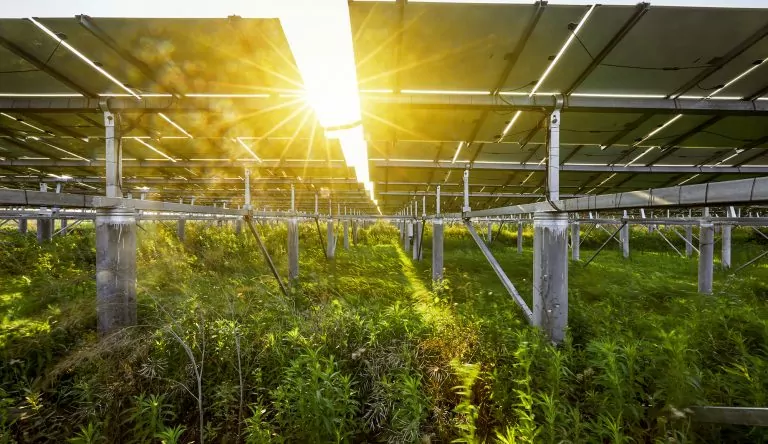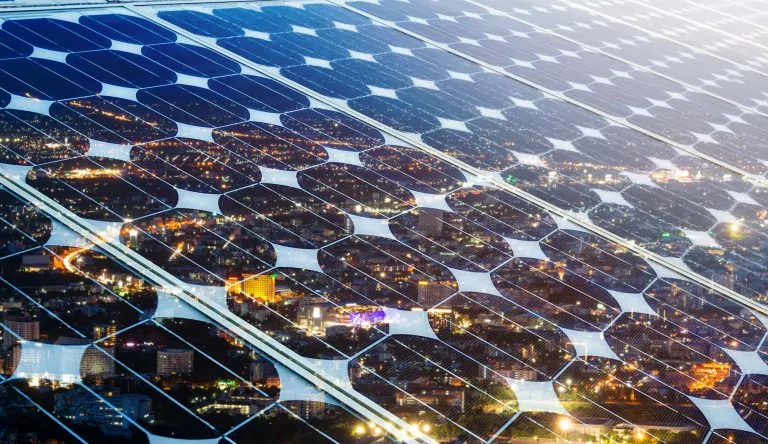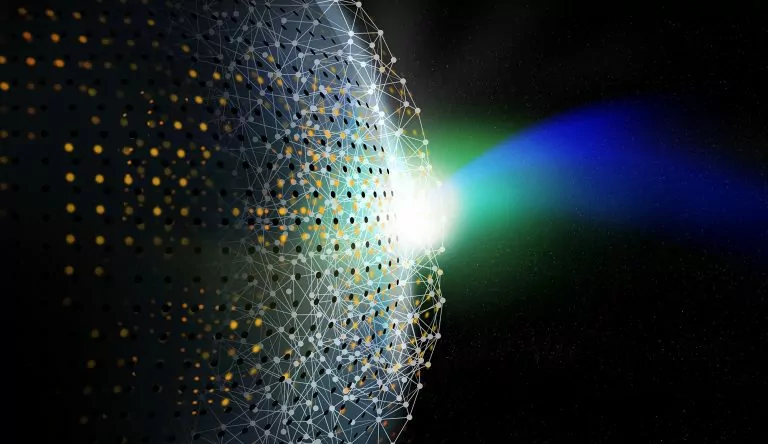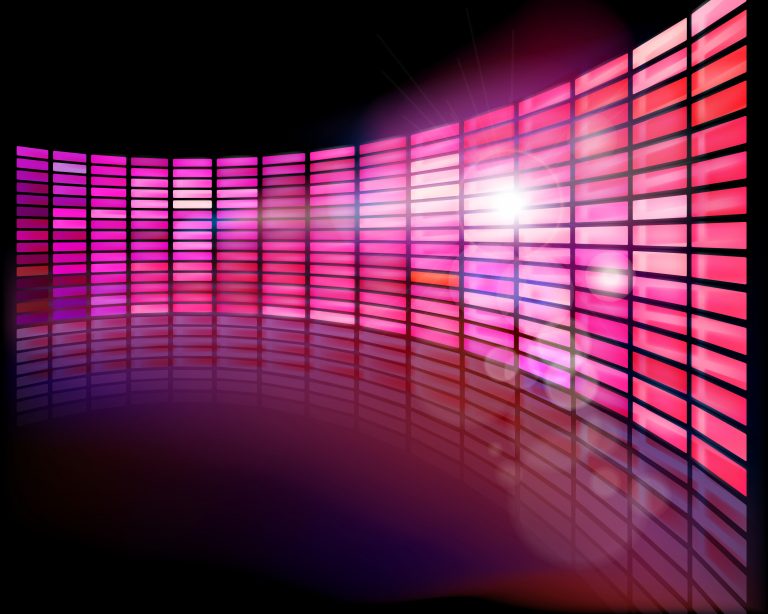
Applications:
Device displays and screens
The OLED display is a brighter, higher contrast display that has faster response times, wider viewing angles and consumes less power than conventional VFD, LED or Liquid Crystal Displays. OLED displays are self-illuminating due to their organic material and require no backlight for maximum visibility in all environments.
OLED Displays are made up of a layer of organic material placed between two conductors. These two conductors (an anode and a cathode) are then between a glass top plate (seal) and a glass bottom plate (substrate). When an electric current is applied to the two conductors, the organic material produces a bright, electro-luminescent light. When energy passes from the negatively charged layer (cathode) to the other (anode) layer, it stimulates the organic material between the two, which in turn emits lights that are visible through the outermost layer of glass.
At present, the OLED Display industry is still in the developing stage, the world’s large production is mainly concentrated in Korea. The technology and market share is monopolized by Samsung and LG.






